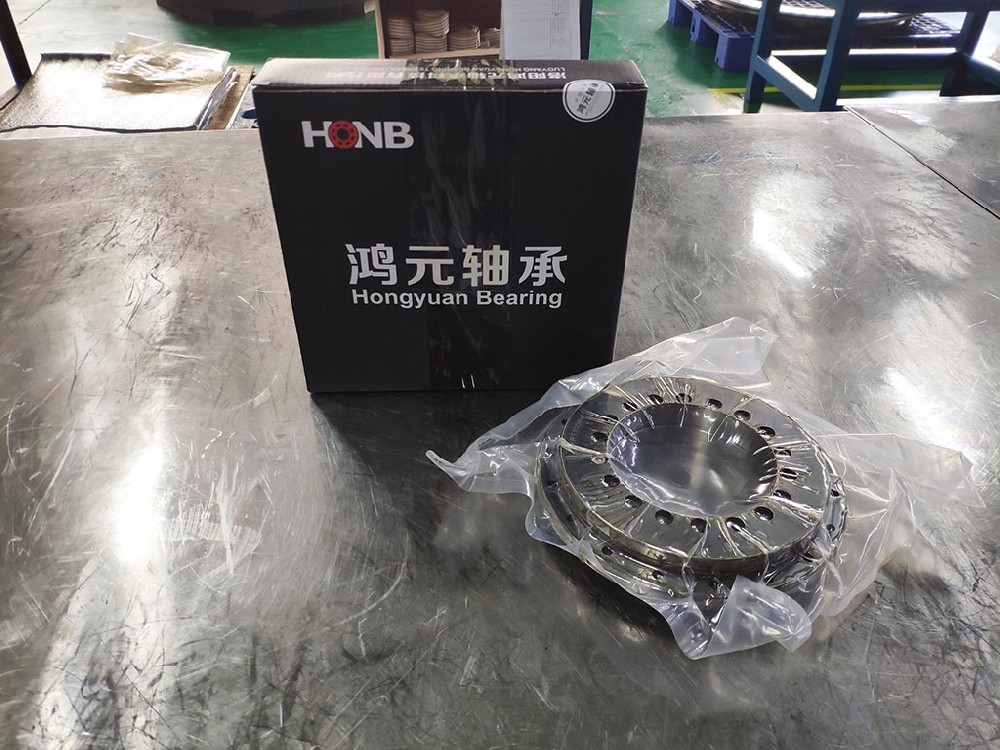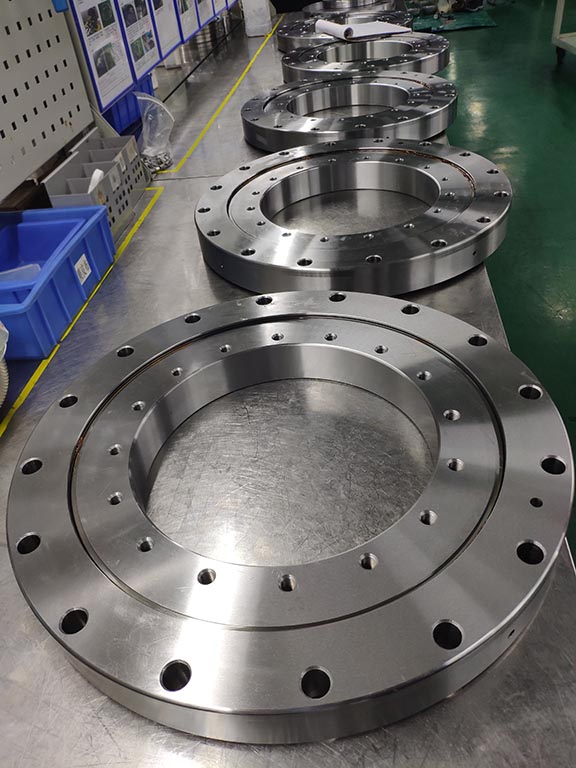The inspection items during operation include bearing rolling sound, vibration, temperature, lubrication status, etc. The details are as follows:
1. The rolling sound of the bearing
Use a sound detector to check the size and sound quality of the rolling sound of the running bearing. Even if the bearing is slightly damaged by peeling off,
it will emit abnormal and irregular sounds, which can be distinguished by the sound detector.
2. the vibration of the bearing
Bearing vibration is very sensitive to bearing damage, such as peeling, indentation, rust, cracks, wear, etc.,
will be reflected in the bearing vibration measurement, so the vibration can be measured by using a special bearing vibration measuring device (frequency analyzer, etc.)
The size of the abnormality cannot be inferred from the frequency. The measured value differs depending on the service conditions of the bearing or the installation position of the sensor, etc.,
so it is necessary to analyze and compare the measured value of each machine in advance to determine the judgment standard.
3. Bearing temperature
The temperature of the bearing can generally be inferred from the temperature outside the bearing chamber. If the temperature of the outer ring of the bearing can be directly measured through the oil hole,
it is more appropriate. Usually, the temperature of the bearing rises slowly with the start of operation, and reaches a steady state after 1-2 hours.
The normal temperature of the bearing varies with the heat capacity, heat dissipation, speed and load of the machine.
If the lubricating and mounting parts are suitable, the bearing temperature will rise sharply and abnormally high temperature will appear. At this time, the operation must be stopped and necessary preventive measures must be taken.
The thermal sensor can be used to monitor the working temperature of the bearing at any time, and when the temperature exceeds the specified value, it can automatically alarm the user or stop to prevent the combustion shaft accident.



